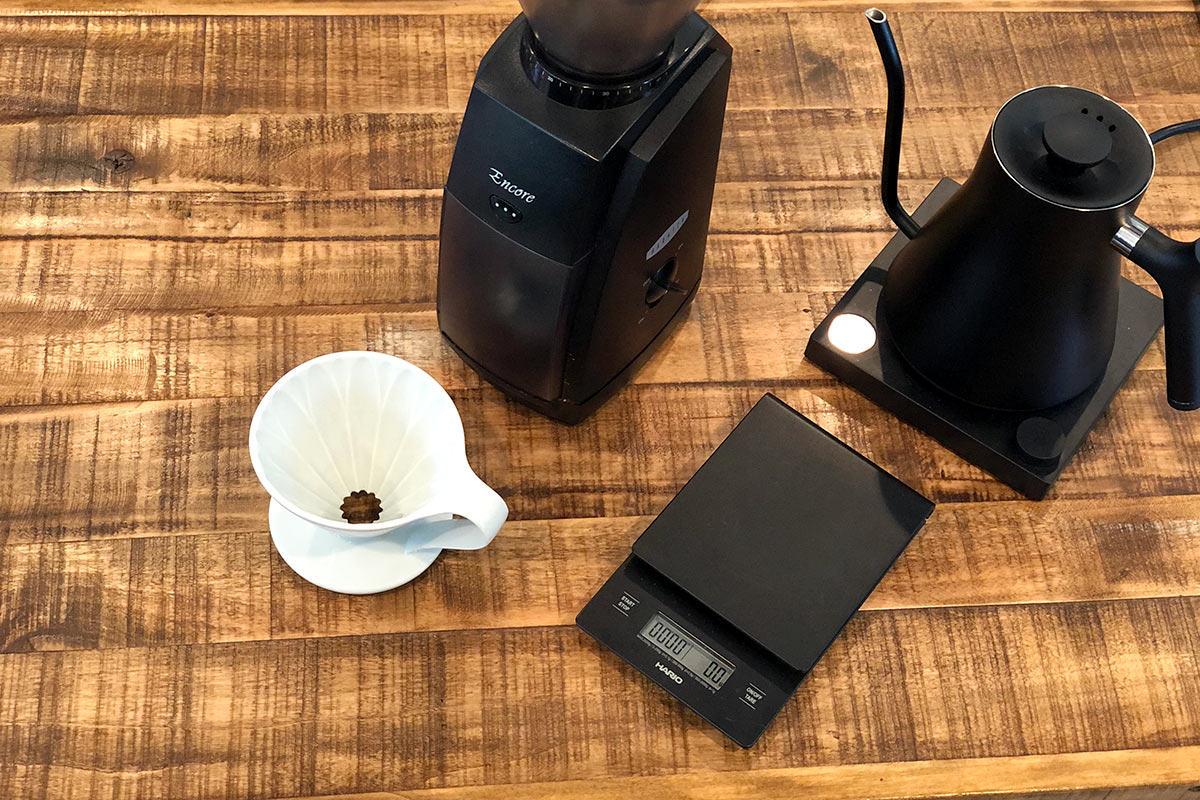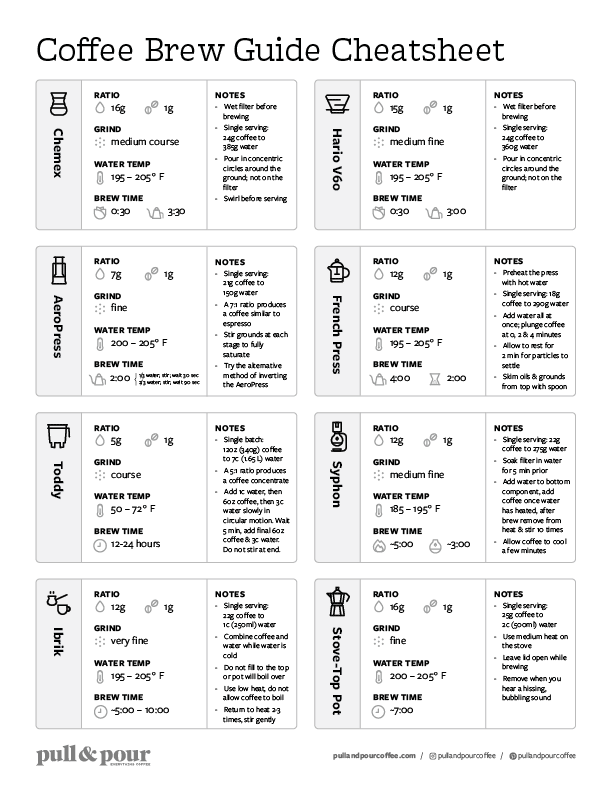Getting a freshly brewed cup of high-quality, specialty coffee at a local café is one of my favorite things to do. Like for many of you though, the reality of my budget and schedule is that I can only go out to get coffee around once a week. The rest of the time I rely (and actually really enjoy) making coffee at home. While you can get by with making coffee in an automated coffee pot or Keurig machine, the difference in quality between those options and hand-brewed, pour over coffee is hard to exaggerate. I’ve convinced many family members to go from using an automated coffee method to pour over and once they make the switch, they never go back.
Curious about how to make great pour over coffee? Check out our easy-to-follow tutorials.
While you can get started with almost nothing, there are a few pieces of equipment that really help improve the quality of the coffee you can make as a home barista. You can easily spend hundreds of dollars on coffee equipment, but you can also be economical about what you purchase. Here is my list of essential equipment to start making the best possible pour over coffee at home:
Fresh, High Quality Coffee
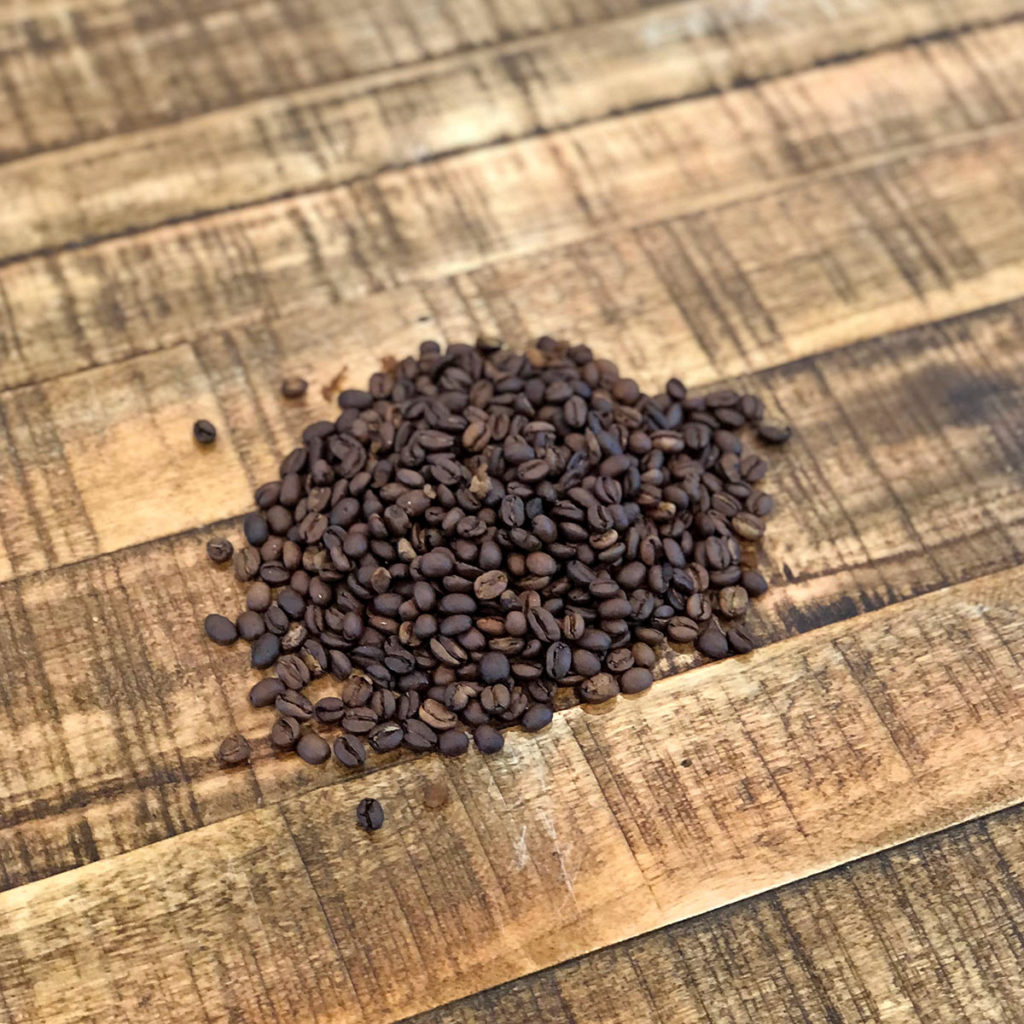
The most important element when making great coffee at home is the coffee you start with. Your final product can only be as good as the coffee you brew. Coffee is at its best within two to four weeks of roasting. You can go longer than that, but some of the more subtle and complex flavors can be lost (especially on lighter, fruitier coffees). If the coffee doesn’t have a roast date on it (which is not the same as a best before date), it probably isn’t fresh. Your best bet is to get coffee at a local coffee roaster. Coffees from local roasters are almost certainly fresh enough. If you don’t live in an area with local roasters, you can order online from many around the country. Many roasters pride themselves on roasting and shipping coffee the same day to ensure the coffee is as fresh as possible when you receive it. There are also some great subscriptions that offer fresh coffee from roasters around the country and world.
Gooseneck Kettle
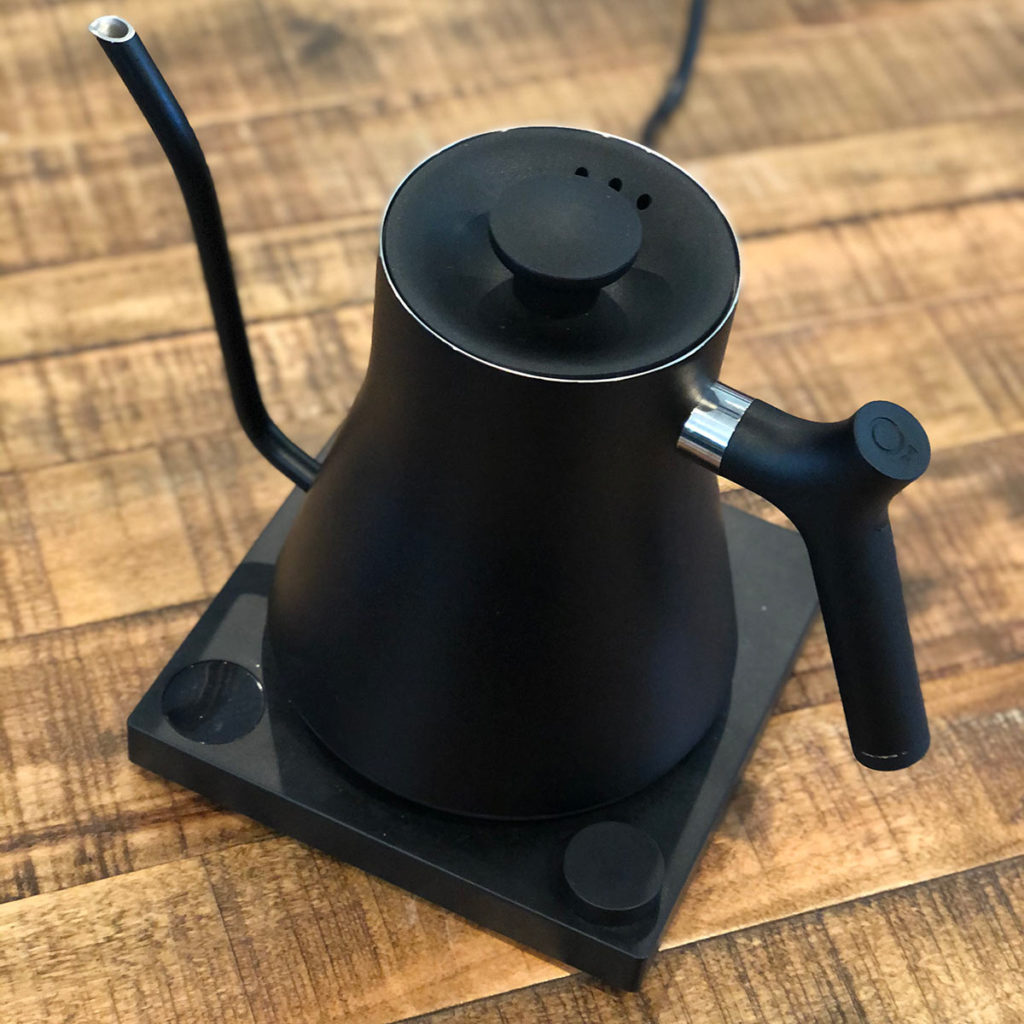
A gooseneck kettle has a very narrow spout that gives you complete control when making pour over coffee. Being able to precisely control the pour is essential to make high-quality pour over coffee.
There are a lot of different kettle options out there. They range from $30-200 and offer a lot of different features and functionality. When selecting a kettle, there are a few things I think are important to consider:
- Temperature control: You need to be able to control the specific temperature on the kettle to make sure you are in the 195-205° F (90 – 96° C) range. You can accomplish this without kettles that allow you to set a temperature, but having a clear set temperature is easiest. Too many times I start to heat water and then get busy with breakfast and it sits for 5-10 minutes, so having it set and stay at a temperature is critical for me.
- Gooseneck: If you plan to use the kettle for any sort of pour over, a gooseneck kettle is essential to give you the pouring control you need.
- Capacity: You want to make sure the kettle has a large enough capacity to make your full set of coffee (especially if you are making it for more than one person). The last thing you want to do is have to heat up more water mid way through the brew. Also keep in mind the extra water you’ll need to rinse the filter and pre-heat your mug.
I have one from Ovalware Coffee and the Fellow Stagg kettle. Both show you the exact temperature of the water, which is essential to make sure the water is not too hot (which will burn the coffee). The Fellow Stagg is my go-to, daily kettle, but is much more expensive than the Ovalware option and some others that you can find at a lower price point.
Brewer of Choice
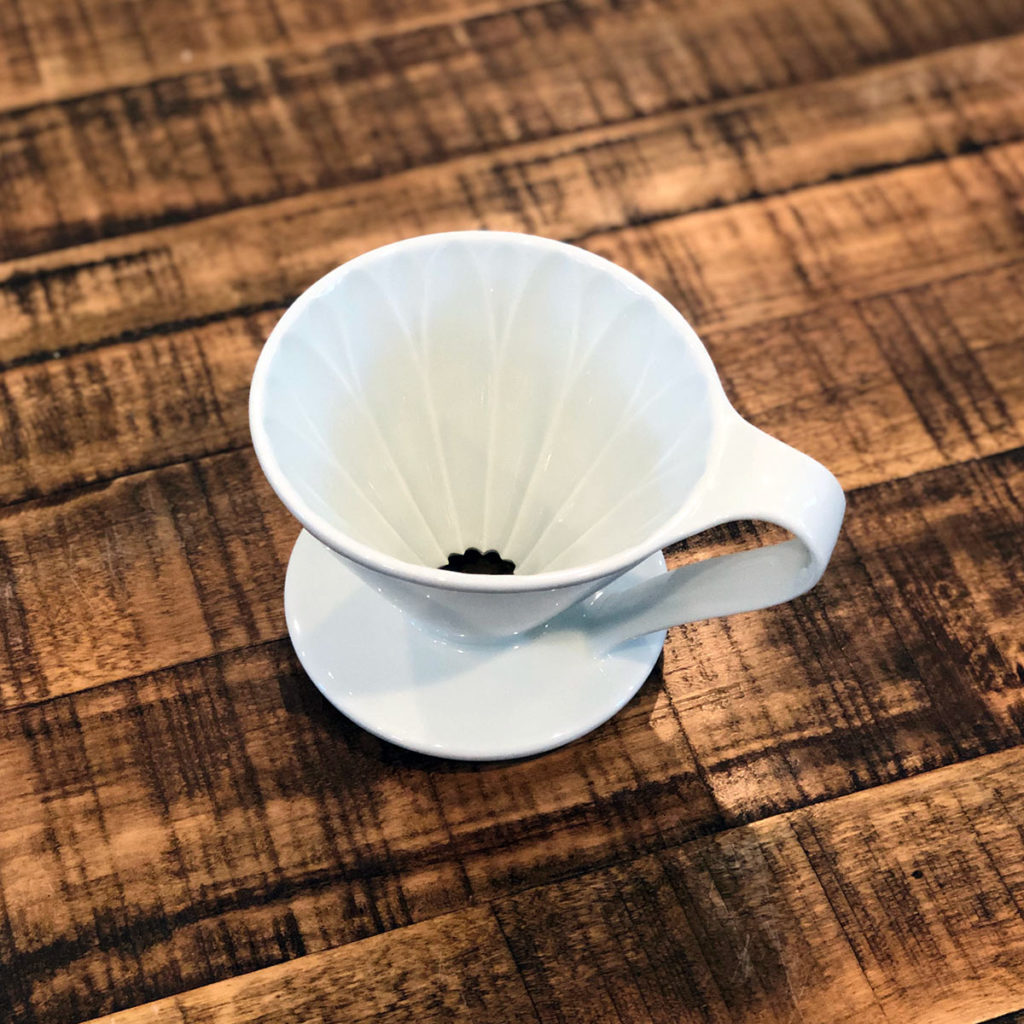
There are a lot of brew options available. Some people find one they like and use it every day and others like to have a lot of variety and try something different depending on how they are feeling and the coffee they are brewing. I’m more like the latter and have 6-7 different brew methods including the v60, Origami dripper, Cafec Flower Dripper, Chemex Press and Kaltia Wave. You only need one to get started though. If you plan to make coffee for more than one person each morning, I think the Chemex is the best choice. If you are brewing coffee for only one person, the v60 or the Cafec flower dripper are two great choices to get started. If you are on an extreme budget, you can buy a plastic v60 for as little as $8.
Scale
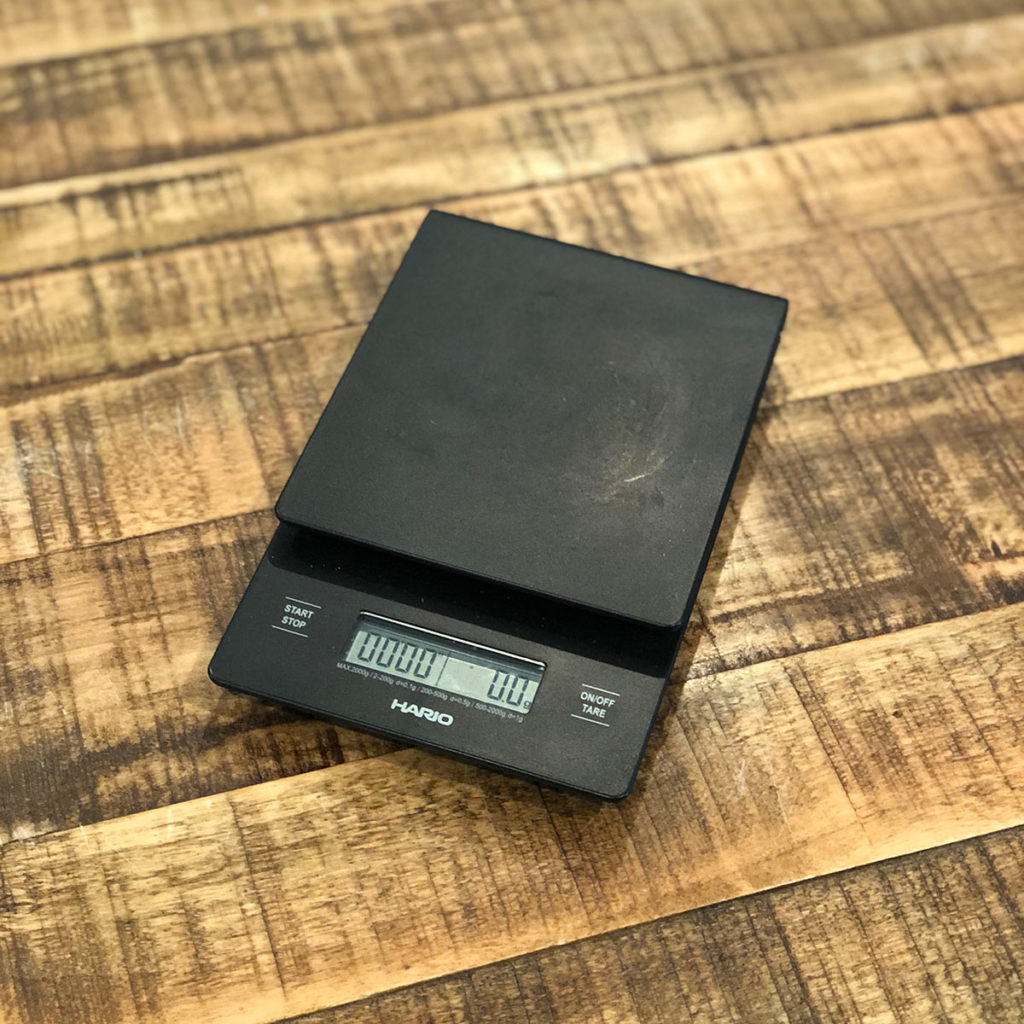
Achieving the perfect ratio of water to coffee is essential to make the best coffee possible. Different brew methods require different ratios and some of it comes down to personal preference. To be able to achieve exact ratios though, you need a scale. It could be as simple as a kitchen food scale or something extremely fancy. I used to use a food scale, but upgraded to the Hario scale awhile back. The most important element is that it allows you to weigh out your coffee and water when pouring. Some things to keep in mind though are:
- Make sure the area on top is big enough for all of your brew methods (This was one issue I had with my original scale. It didn’t fit my French Press or some of the larger brew methods I use occasionally).
- Make sure it won’t shut off during your pour over. Some scales will automatically turn off after a few minutes. You want to make sure the scale doesn’t do that or you could get halfway through making your pour over to find your scale turned off.
- Try to find a scale with a timer function. This one isn’t essential since you could use your phone or other timing device. Having it built into the scale is really nice and helps a lot as you are learning the various timing for making pour over coffee (bloom timing, overall pour rate, etc.).
Burr Grinder
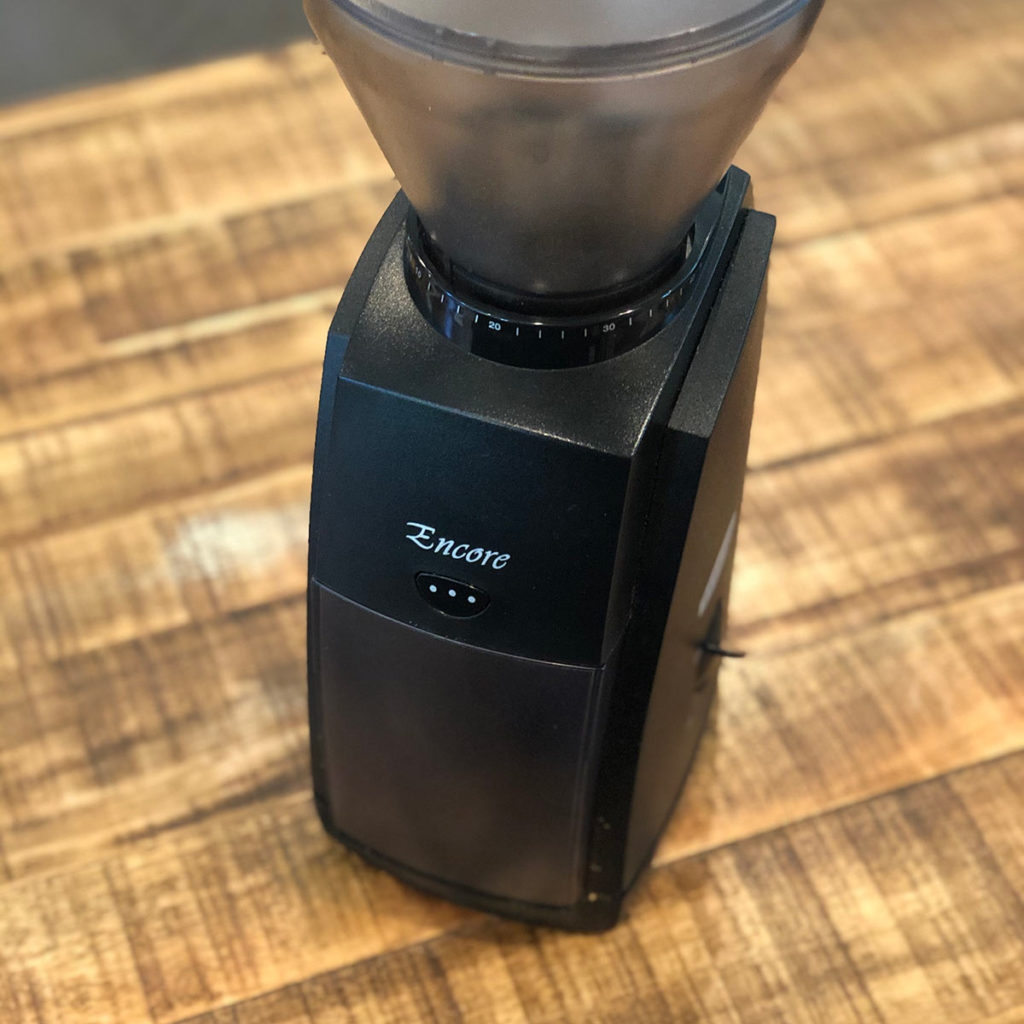
A quality coffee grinder is essential when making coffee. While a blade grinder technically gets the job done, it creates a lot of inconsistencies with the size of the ground coffee. These can lead to uneven extraction of the coffee (in other words your coffee won’t be as tasty as it could be). Burr grinders help reduce these inconsistencies. Even with burr grinders there is a wide range of quality. I currently have the Baratza Encore, which is a great entry grinder for home brewers who are ready to up their game. This is the grinder I have used for over two years and it has gotten the job done. I also own the Commandante hand grinder and 1Zpresso K-PLUS hand grinder, both of which are great for traveling and smaller brews at home. I recently supported the Ode grinder from Fellow Products on Kickstarter and will be switching to that as my daily grinder whenever it arrives this Fall.
There are endless products you can buy to make coffee at home and a lot of fun gizmos and gadgets to experiment with (Lilydrip, Melodrip, tasting spoons, fun mugs, etc.). If you invest in a gooseneck kettle, a quality brewer, a scale and a burr grinder though and always brew fresh, high-quality coffee, you should have everything you need to make great, café-quality, pour over coffee at home.
If you ever have questions about making coffee at home, I’d love to help! Feel free to reach out on my site or on Instagram with any brew questions you have.
